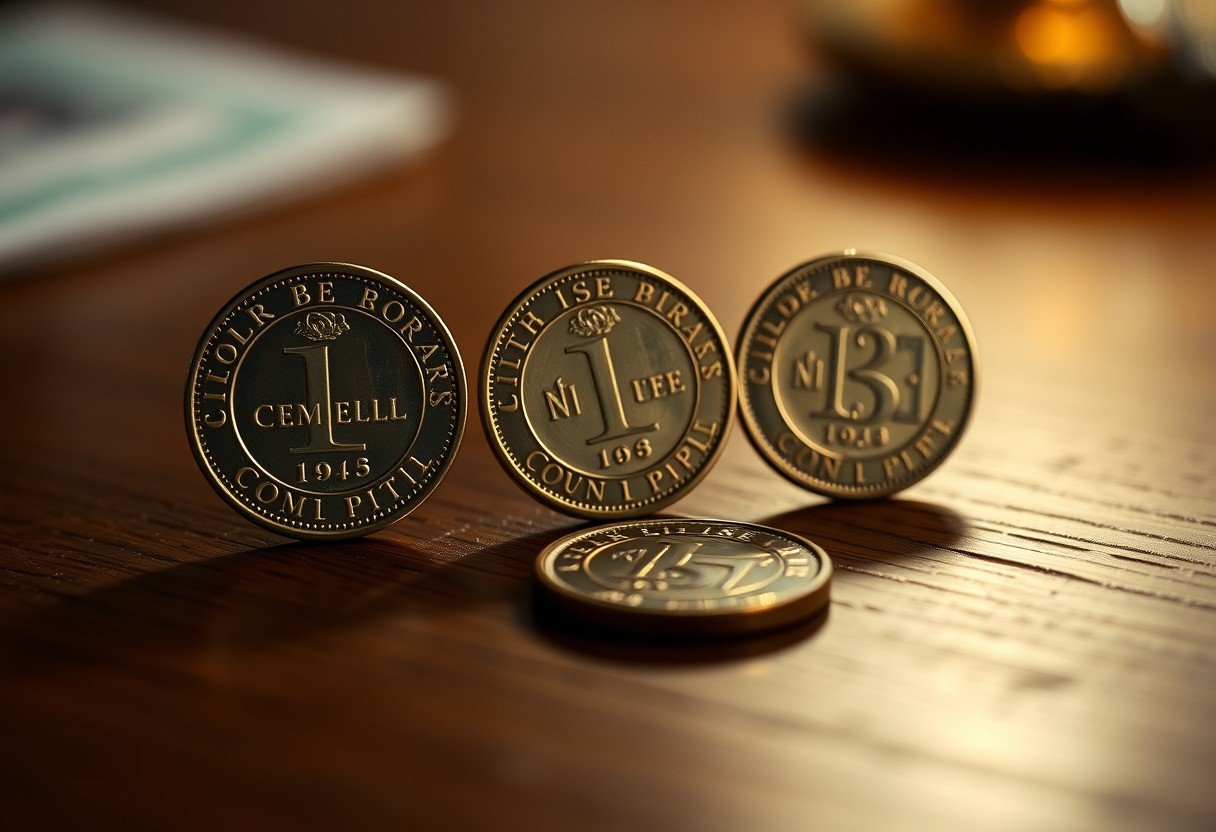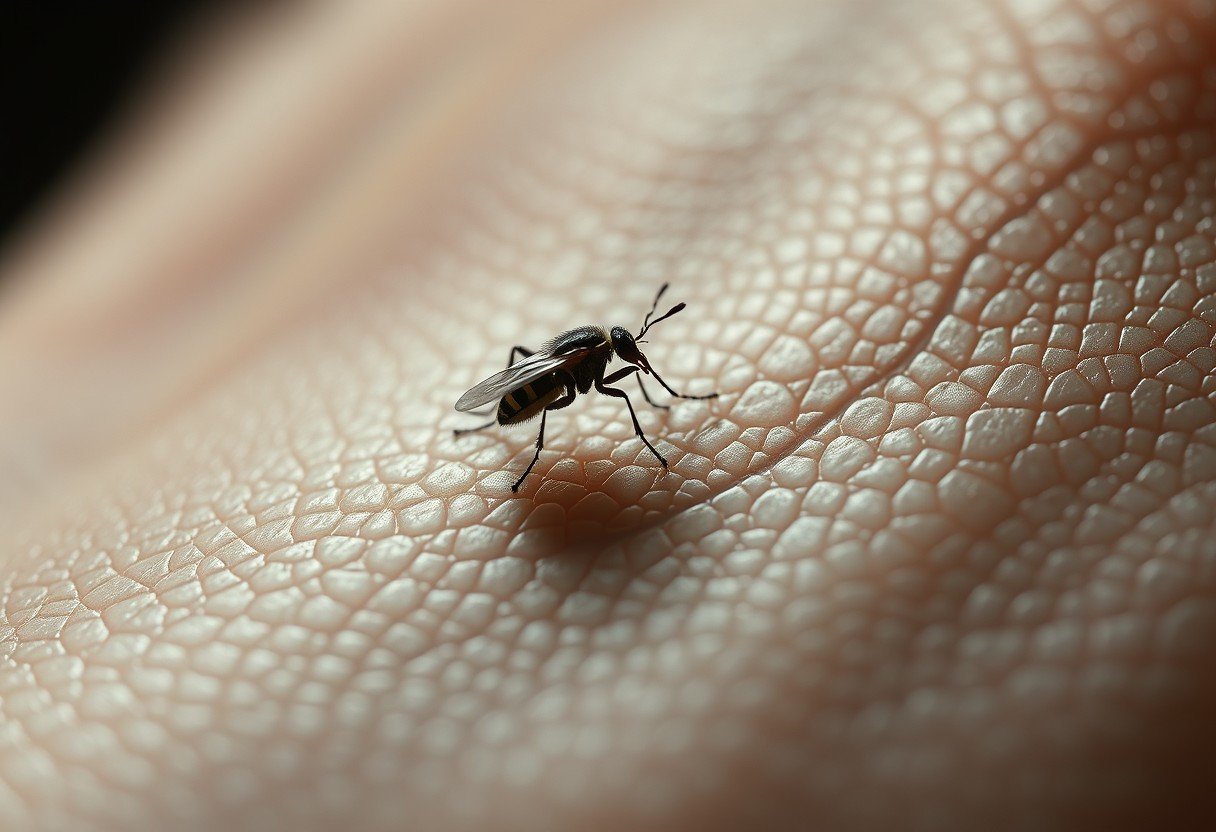What is the chance of getting at least two heads when three fair coins are flipped, and why does it matter? Here you learn what the outcomes are, how to count them, when to use the complement rule, who benefits from this skill, and where these ideas apply. The probability of at least two heads in three fair coin flips is one half. The steps are clear and simple, and you can test them yourself.
Why This Coin Flip Question Matters
Probability skills help in school, research, and daily choices. A small coin flip example teaches clear thinking about chance and risk. It is a safe way to practice making decisions with uncertainty.
Learning a tiny model like coin flips builds habits you can reuse in larger, messier problems. You learn to define events, count outcomes, and compare favorable results with all results. These ideas appear in surveys, product tests, sports, and finance.
Three coins are just enough to show patterns without feeling hard. You will see how counting, independence, and simple algebra connect. That is the value of this classic question.
Building the Sample Space for Three Coins
Each fair coin has two outcomes, heads or tails. With three coins, the total number of equally likely outcomes is two times two times two, which is eight.
List the full sample space to see everything at once: HHH, HHT, HTH, THH, HTT, THT, TTH, TTT. When outcomes are equally likely, probability is favorable outcomes divided by total outcomes. Writing the list prevents double counting and missing cases.
This list is the base for every calculation in this article. You can check your work by counting eight items in the list. If you find more or less, fix the sample space first.
Counting at least Two Heads With Combinatorics
At least two heads means exactly two heads or exactly three heads. Count the ways to get two heads: choose which two of the three flips are heads. That is C of 3 choose 2, which equals 3 outcomes, namely HHT, HTH, THH.
Now count the ways to get three heads: C of 3 choose 3 equals 1 outcome, which is HHH. Add them to get 4 favorable outcomes. The total outcomes are 8.
The probability equals 4 divided by 8, which simplifies to 1 divided by 2, or 50 percent. This matches both the list and the combination counts, so the answer is consistent. When two methods agree, your result is very likely correct.
Try the Complement Rule for a Quick Check
The complement rule can save time. Instead of counting at least two heads, count the opposite event, which is fewer than two heads. That means zero heads or one head.
There is 1 way to get zero heads, TTT. There are C of 3 choose 1 equals 3 ways to get one head, namely HTT, THT, TTH. So the complement has 4 outcomes out of 8, which is 1 divided by 2.
Probability of at least two heads equals 1 minus probability of fewer than two heads. That is 1 minus 1 divided by 2, which equals 1 divided by 2. Two routes, direct counting and complement, both lead to the same final number.
Summary Table of Outcomes and Probabilities
Use this table to see the distribution of heads in three fair coin flips. It shows counts, specific outcomes, and probability for each case.
| Number of Heads | Count of Outcomes | Outcomes | Probability |
|---|---|---|---|
| 0 | 1 | TTT | 1 out of 8 |
| 1 | 3 | HTT, THT, TTH | 3 out of 8 |
| 2 | 3 | HHT, HTH, THH | 3 out of 8 |
| 3 | 1 | HHH | 1 out of 8 |
Add the 2 heads and 3 heads rows to get 4 out of 8, which equals 1 divided by 2. This table is the binomial distribution with n equal 3 and p equal 0.5. It is a reliable reference for quick checks during homework or practice.
If your own list or counts disagree with the table, revisit the sample space. Small counting mistakes are common, and this layout helps catch them fast.
Independence and Common Myths
Each coin flip is independent. The result of one flip does not change the chance of heads on the next flip. For a fair coin, the probability of heads stays 0.5 every time.
A frequent mistake is the gambler fallacy. If you see two heads in a row, it feels like tails must be due. That feeling is strong, but it is wrong. The third flip is still 0.5 for heads and 0.5 for tails.
Short streaks happen often in small samples, and they do not signal a rigged coin. Independence and equal likelihood are the reasons the eight outcomes are all valid and equally likely. Keep these ideas in mind when you judge random events.
Real Life Uses and Simple Extensions
This tiny model helps in real choices where outcomes have two states. You can map heads to success and tails to failure. Then the same math guides your plan.
- Quality control, such as finding the chance that at least two of three items pass a test.
- Digital experiments, like A B tests where a user either converts or does not.
- Risk checks, for example the chance that at least two of three sensors work.
With an unfair coin, replace 0.5 by the true chance of heads and use the binomial formula. With more coins, the same method scales, though the table gets wider. These extensions keep the logic but change the numbers.
Start with three coins to learn the idea, then grow to larger trials with the same rules. This path builds skill without jumping to hard math too fast.
Hands On: Run a Quick Trial at Home
You can test the theory with a simple trial. This makes the numbers feel real. It also shows how often small samples bounce around the true value.
- Flip three coins many times, such as 20 or 50 trials, and record the number of heads for each trial.
- Count how many trials had at least two heads, then divide by the total trials to get your experimental probability.
- Compare your result to the exact value of 1 divided by 2, and note how the gap shrinks as trials increase.
In small experiments, your estimate might be 0.4 or 0.6. As you add more trials, the estimate tends to move closer to 0.5. This is a quick view of the law of large numbers in action.
Keep your notes in a simple table or sheet so you can review mistakes and trends. Clear records make learning faster and more fun.
Frequently Asked Questions
What is the probability of at least two heads in three fair coin flips?
The probability is 1 out of 2, which is 0.5 or 50 percent. This comes from 4 favorable outcomes out of 8 total outcomes.
How do I count the favorable outcomes correctly?
List HHH, HHT, HTH, THH as the successful outcomes. These are 3 ways to get exactly two heads and 1 way to get three heads.
Can I use the complement rule to check the answer fast?
Yes, compute the chance of zero or one head, which is 4 out of 8, then subtract from 1. The result is 1 out of 2 for at least two heads.
Do earlier flips change the chance on later flips?
No, each fair coin flip is independent. The chance of heads stays 0.5 on every flip, even after a streak.
What changes if the coin is not fair?
Replace 0.5 by the true chance of heads p in the binomial model. Then compute C of 3 choose k times p to the k times 1 minus p to the 3 minus k for each k.
Where can I use this coin flip model in real life?
Use it for quick checks in quality control, small sample surveys, risk planning, and A B tests. It gives a first estimate before running full analysis.








Leave a Comment